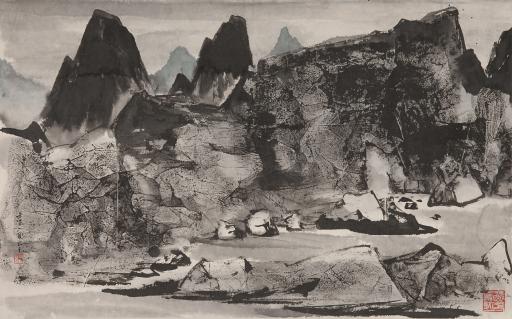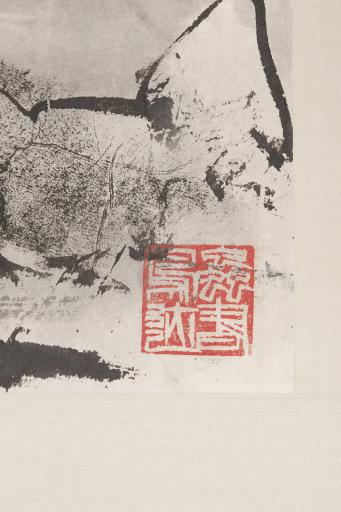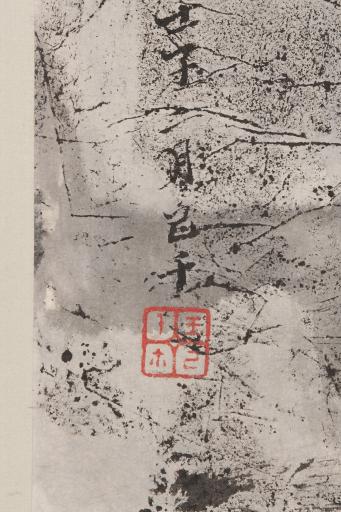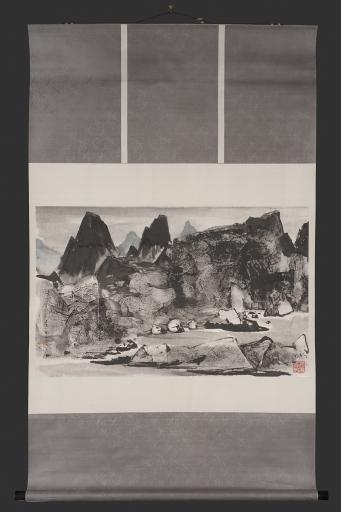Landscape, Wang Jiqian
Artwork Overview
Wang Jiqian, artist
1907–2003
Landscape,
1972
Where object was made: China
Material/technique: paper; ink; color
Dimensions:
Image Dimensions Height/Width (Height x Width): 58.7 x 94.5 cm
Mount Dimensions (Height x Width x Depth): 161 x 99.6 cm
Image Dimensions Height/Width (Height x Width): 23 1/8 x 37 3/16 in
Image Dimensions Height/Width (Height x Width): 58.7 x 94.5 cm
Mount Dimensions (Height x Width x Depth): 161 x 99.6 cm
Image Dimensions Height/Width (Height x Width): 23 1/8 x 37 3/16 in
Credit line: Gift of Irene and Earl Morse in honor of C. C. Wang
Accession number: 1979.0008
Not on display
If you wish to reproduce this image, please submit an image request





